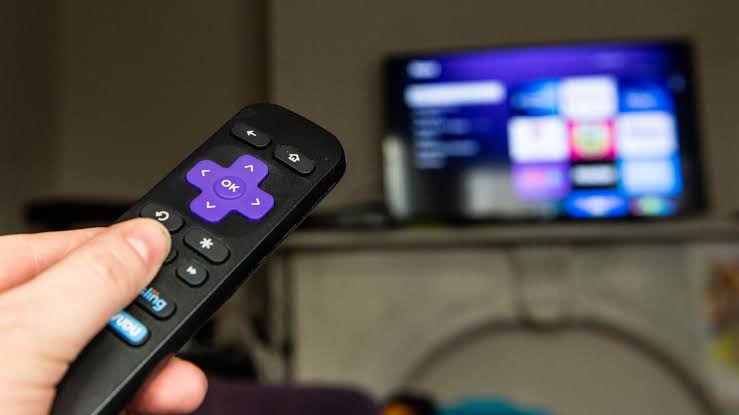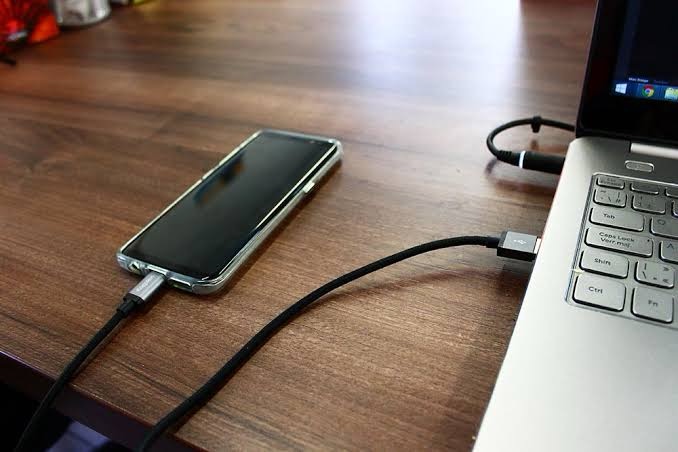Recently, Android 13 has become the latest version of Google’s mobile operating system (internally code-named Tiramisu for all you dessert fans), and as usual, it brings a lot of new features and upgrades to Android phones and tablets. For a few months now, We’ve been playing around with it, and we have found out that it’s more evolution than revolution, compared to Android 12.
This feature is available for some Android phones now and will continue to roll out to others over the coming months. This article explains lot of the top new features, along with instructions on how to download it yourself.
How to download Android 13
You can download Android 13 right now if you have a Google Pixel phone (Pixel 4 and Pixel 4A and newer), Kindly go to Settings > System > System Updates and press Check for updates.
Later this year, Other Android devices such as Samsung, Asus, HMD (Nokia phones), iQOO, Motorola, OnePlus, Oppo, Realme, Sharp, Sony, Tecno, Vivo, and Xiaomi will likely receive the update. If you can’t hold on, it should be known that some of these devices are allowed for the Android 13 beta program (Google has List of manufacturers here, including Samsung). If your device is supported, you can Sign up for the beta program via this link.
However, you can download and install the latest beta release as a over the air (OTA) update once you have signed up, but be careful beta releases can be unstable and glitchy. Before signing up, it is highly recommended you backup your android device or risk losing precious data indeed.
Automatically, Updates will pop up, but you can always check if you have the latest version by going to Setting > System > System update and mining Check for updates. But if you want to get out of beta and go back to Android 12, Go to Google Android Beta Page, scroll down to look for your device and click Opt out. This will need erasing all locally saved data so make sure you back up your device. You will get an update prompt so you can roll back to an earlier version.
If you don’t have a Pixel or device in the beta program, check the manufacturer’s website, forum, or social media to find out when you can expect to see Android 13.
Top New Android 13 Features
Below are the list of our favorite features and improvements in the latest version, but there are lot of more small upgrades. You can dig deeper at Google’s developer site.
In the theme options, Android 13 supports more colors, but currently you can choose from four wallpaper colors and four basic colors, but in Android 13, there are 16 of each. Just click and hold on an empty bit of home screen or go to Settings and choose Wallpaper & style to find the new color theme options. If you toggle on Themed icons, you should also see more of those now. (Google is encouraging more developers to create them, so it’s not just Google and system app icons.)
Improved Copy and Paste
In Android 13, When you copy something, a small floating panel comes up at the bottom of the screen, and you can click to edit the contents. Sometimes you will see relevant options. For instance, you will get an option to open your copied item on your browser if you copy a URL. Also, You can copy anything on one Android phone and decide to paste it on another that’s nearby (that is if you are logged into the same Gmail account), so no more having to email yourself from phone to tablet. Automatically, Your clipboard history will now be cleared after a while (possibly an hour) to keep your privacy.
Enhanced Privacy
In Android 13, There are various improvements that limit what your apps can take. At first, when an app demands permission to access media files, these will be categorized into images, video, or audio files. You don’t need to permit access to all of your photos with the new photo picker. You can choose which photos and videos an app can access instead of letting it go into your whole photo library (a feature that has been available on iPhones since iOS 14).
Till now, allowing an application to scan for nearby Wi-Fi devices meant granting it location-tracking permission. Luckily, there’s now a separate Nearby Wi-Fi Devices permission option. The Privacy dashboard (accessed through Settings >Privacy > Privacy dashboard), which shows all the applications that have accessed the camera, microphone, location, and other permissions over the past 24 hours, now can show history from the last seven days.
Better Tablet Support
There are various changes in Android 13 that is designed to make life with larger screens a bit easier, As Google finally gets serious about tablets. On an Android tablet or folding phone, you can now see a task bar at the bottom with apps are frequently used(you can hide it), a two-column arrangement for quick settings and notifications, and easier drag-and-drop multitasking with the option to pin app pairs in the Recent Apps menu.
Quick QR Code Scanner
The pandemic has made scanning QR codes happening everyday for many of us, so quick access to a QR code scanner is useful.
In Android 13, Pull down the notification shade and click Edit (the pencil icon) to tweak your Quick Settings tiles. You can drag the QR Code Scanner onto your panel.
Improved Media Player
The improved media player that show when you pull down the notification shade and on your lock screen looks much nicer. Through the track or podcast that is playing, There is now a squiggly line to show progress, and the whole background pulls album art when available. The audio output picker is redesigned too, enabling you to easily switch to linked speakers or headphones.
Smart-Home Controls on the Lock Screen
You don’t have to unlock your phone anymore to access smart-home controls from the lock screen. Simply go to Settings > Display > Lockscreen > Control from locked device, and you have faster access to your smart lights, cameras, and other smart-home gadgets via the Home icon at the bottom left of the lock screen.
How to download and install Android 13 on your phone
Make sure your device is connected to a stable Wi-Fi network and plugged into power in other to download and install Android 13 on your Pixel phone. The battery needs to be at least 50% charged for an over-the-air (OTA) update to work.
Launch the settings application in other to start installing Android 13. On your Home Screen, You might have the app directly but if you don’t, swipe up from the bottom of the screen to access your app drawer and scroll through your apps until you find Settings.
Next, scroll down and click System > System Update. If an update is available, it should load up here after a few seconds. If not, tap Check for update. Also, make sure your device has enough storage to download and install the update, or else you won’t be able to proceed. Usually the update file size is a few GBs.
Lastly, click the green Download and install button in the bottom right. The Android 13 system will then start to download and install, which can take up to 20 to 30 minutes, depending on the size and condition of your phone. Once your phone reboots, you’ll be running Android 13.











